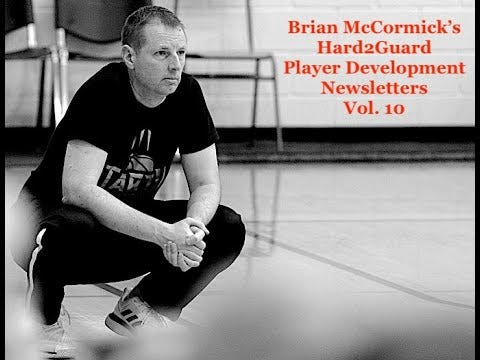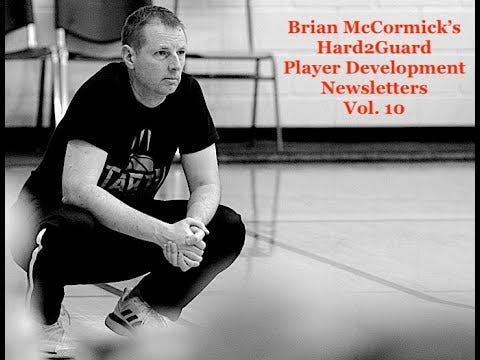I have not entered the locker room this year. This is not entirely new, but different for my players. I never made a conscious decision not to go into locker rooms; I just realized I do not have a purpose for leaving the court.
My environment is different than many in the United States. Last season as a high-school coach in Boston, I twice went to the locker room because the gym was packed to capacity, and players could not hear anything or ignore the many distractions in the crowd. Here, we play in front of drums and noisemakers, but nothing too distracting.
Why do coaches use the locker room? Going to the locker room before and after games and at halftime is so commonplace, nobody questions the reasons. However, young teams rarely go to locker rooms because there often are not locker rooms. We arrived dressed and ready for our middle-school games when I was a child (tournaments at two high schools were the exceptions), and few tournaments provided locker rooms before AAU Nationals when I coached youth AAU.
Generally, coaches use the locker room for pregame talks, filling whiteboards with important information before players enter. As a junior college coach, I wrote out the starters, the matchups, highlighted opponents (shooters, lefties, etc), diagrammed a few of our sets to remember and use early, and diagrammed anything special the opponent might do. I imagine most coaches are more extensive; I am not a scout-oriented coach, yet still filled an entire whiteboard with information.
I do not use a big pregame talk as a youth coach because the only thing that changes is our starters. We huddle after our dynamic warmup, around 20 minutes prior to tip off. I announce the starters and give a 30-second talk, generally reinforcing our basic philosophy: Be aggressive, play fast, share the ball. We have a handful of sets, but players call the plays. Players pick their match-ups; we often switch and pick up immediately on the change of possession, so specific match-ups are less important. We play our game regardless of opponent, so there is no specific strategy to review.
I am not a rah-rah pep talk guy. I am not going to post motivational speeches, nor inspire players to play hard. If I play players who do not play hard or who need me to yell at them to play hard, I picked the wrong players or I am doing something wrong in practice.
I do not need the locker room at halftime because I am unlikely to change. We have trailed twice at halftime, and nothing changed. My primary message was to trust each other, maintain the pressure, and trust they would not make every shot like they seemed to in the first half. We have a style of play. We trust our style of play. We do not change based on opponent or score. Down at halftime? Maintain the pressure, and they will make mistakes. There are no 12-point plays; play one possession at a time. Ahead at halftime? Continue the pressure and extend the lead. Playing poorly? Take a few deep breaths, finish on two feet. Playing well? Keep it going. Expect a zone or press or something for them to change the game. Be prepared, stay aggressive, and find the open man.
I do not use the locker room after games because there is no need to yell and scream after a game. That is for the coach’s benefit, not the players; it is the coach blowing off steam. There is no need to re-hash the game or the mistakes. Better to watch the film first than to yell from emotions and memory.
We huddle at mid-court and usually I say something quickly, often reiterating that harder games are coming and we need to continue to improve. Then, we cheer and thank the parents. Occasionally, we meet in the corner for a few words, usually to go over our plan on the road or to review the game briefly if I was unhappy about something in the performance and we did not have practice the next day. I do not need the locker room because I do not want to yell or throw things or whatever. I do not hide my coaching from public view so I can throw clipboards or knock over trash cans or punch a wall.
I do not need the privacy of the locker room because I do not give big pep talks, I do not yell at halftime, and I am not changing much if anything because of opponents. Preparation occurs in practice. Our pregame is to help players feel mentally, emotionally, and physically ready for the game. I want players focused on their own performances, not the opponents.



